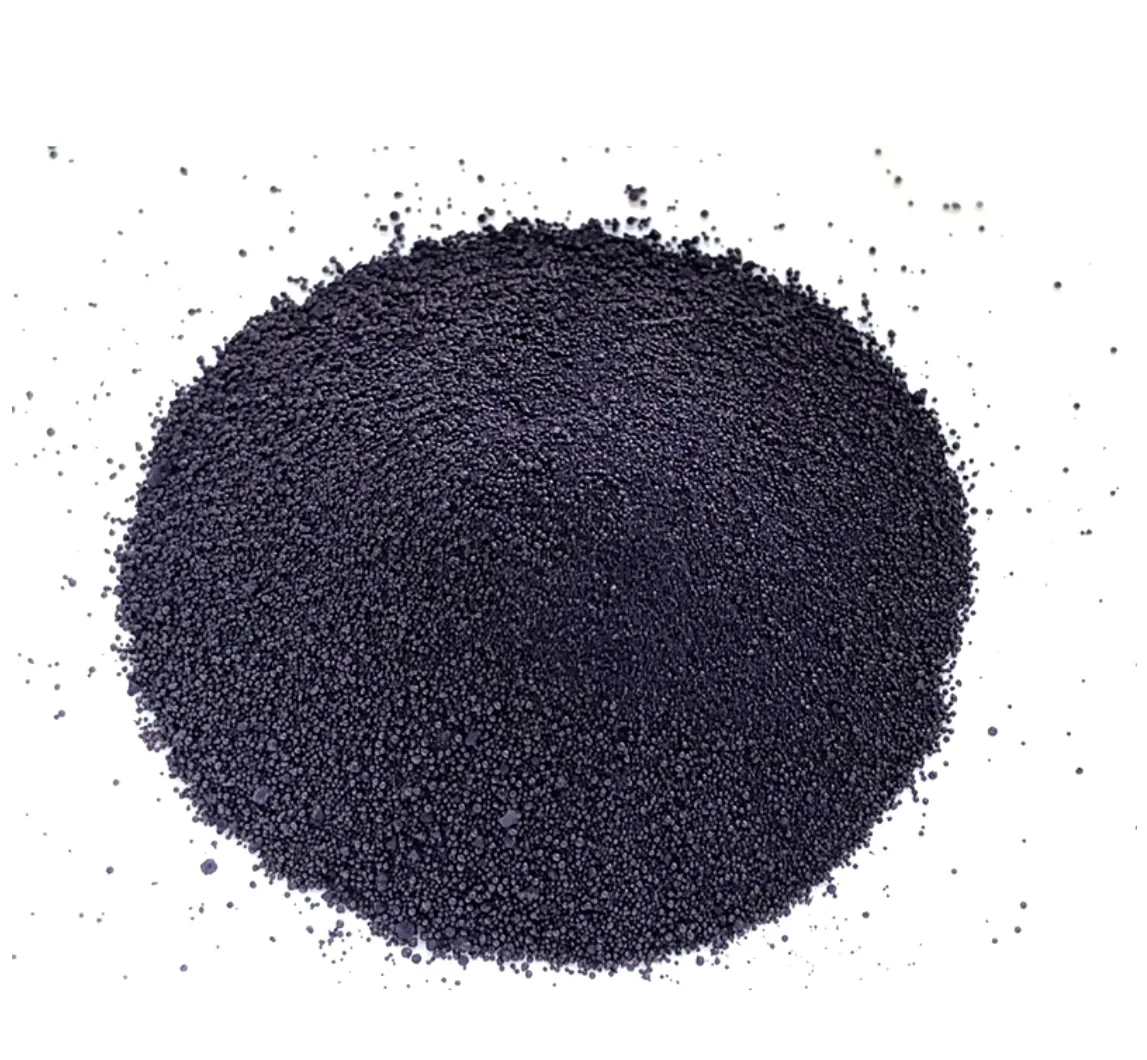Exploring the Rise of Synthetic Indigo Production in China and Its Global Impact
The Resurgence of Synthetic Indigo in China A Modern Solution to an Ancient Dye
Indigo, one of the oldest dyes known to humanity, has a rich history that spans thousands of years. While traditional indigo extraction methods involved labor-intensive processes to derive the dye from plants such as the indigofera species, the industrial demand for this vibrant blue color has led to the development of synthetic alternatives. China, with its vast resources and advanced chemical engineering capabilities, has become a pivotal player in the production of synthetic indigo.
The journey of synthetic indigo began in the late 19th century when scientists first succeeded in creating indigo artificially. However, it was not until the 20th century that synthetic indigo began to dominate the market. The advent of synthetic processes allowed for large-scale production, meeting the increasing demand from the textile industry. Today, around 90% of the indigo used globally comes from synthetic sources.
The Resurgence of Synthetic Indigo in China A Modern Solution to an Ancient Dye
Chinese companies have adopted advanced technologies to enhance the production efficiency and reduce the environmental impact of synthetic indigo manufacturing. They employ methods such as catalysis and optimized reaction conditions to ensure high yields while minimizing waste. Moreover, innovations in recycling processes have enabled the recovery and reuse of chemicals involved in the dyeing process, contributing to a more sustainable production cycle.
china synthetic indigo

One of the significant advantages of synthetic indigo is its consistency in quality. Unlike natural indigo, which can vary in color and potency depending on the growing conditions and harvesting methods, synthetic indigo offers uniformity that is crucial for the textile industry. This consistency not only ensures better dyeing quality but also meets the stringent specifications required by global fashion brands.
As sustainability becomes a focal point for consumers and manufacturers alike, the textile industry faces increasing pressure to adopt greener practices. Synthetic indigo can play a pivotal role in this transition. For instance, many Chinese dyeing companies are exploring eco-friendly alternatives that focus on reducing water consumption and eliminating harmful chemicals traditionally used in the dyeing process. This shift aligns with broader environmental goals and meets the rising consumer demand for sustainable fashion.
Furthermore, there is a growing focus on transparency within the supply chain. Many brands are now tracing the sourcing of their dyes to ensure they meet ethical and environmental standards. Chinese manufacturers are responding to this trend by providing detailed information about their sourcing and production processes, thus establishing trust and credibility in the global market.
The resurgence of synthetic indigo in China is not without its challenges. Environmental concerns related to the chemical processes involved are significant. Although synthetic indigo can be more environmentally friendly than traditional methods when managed correctly, improper handling can lead to pollution and waste. As a result, regulatory bodies are increasingly scrutinizing these chemical processes, prompting companies to innovate further and reduce their ecological footprint.
In conclusion, synthetic indigo has become an essential component of China’s textile industry, driving advancements in production efficiency, sustainability, and quality. As global demand for environmentally friendly textiles continues to rise, the role of synthetic indigo is likely to expand even further. The fusion of tradition and innovation in this field not only highlights China’s capabilities in chemical engineering but also reflects a broader commitment to sustainability in the fashion industry. By embracing synthetic indigo, China is not only preserving the legacy of this ancient dye but also securing its place as a leader in sustainable textile production.
-
The Timeless Art of Denim Indigo Dye
NewsJul.01,2025
-
The Rise of Sulfur Dyed Denim
NewsJul.01,2025
-
The Rich Revival of the Best Indigo Dye
NewsJul.01,2025
-
The Enduring Strength of Sulphur Black
NewsJul.01,2025
-
The Ancient Art of Chinese Indigo Dye
NewsJul.01,2025
-
Industry Power of Indigo
NewsJul.01,2025
-
Black Sulfur is Leading the Next Wave
NewsJul.01,2025

Sulphur Black
1.Name: sulphur black; Sulfur Black; Sulphur Black 1;
2.Structure formula:
3.Molecule formula: C6H4N2O5
4.CAS No.: 1326-82-5
5.HS code: 32041911
6.Product specification:Appearance:black phosphorus flakes; black liquid

Bromo Indigo; Vat Bromo-Indigo; C.I.Vat Blue 5
1.Name: Bromo indigo; Vat bromo-indigo; C.I.Vat blue 5;
2.Structure formula:
3.Molecule formula: C16H6Br4N2O2
4.CAS No.: 2475-31-2
5.HS code: 3204151000 6.Major usage and instruction: Be mainly used to dye cotton fabrics.

Indigo Blue Vat Blue
1.Name: indigo blue,vat blue 1,
2.Structure formula:
3.Molecule formula: C16H10N2O2
4.. CAS No.: 482-89-3
5.Molecule weight: 262.62
6.HS code: 3204151000
7.Major usage and instruction: Be mainly used to dye cotton fabrics.

